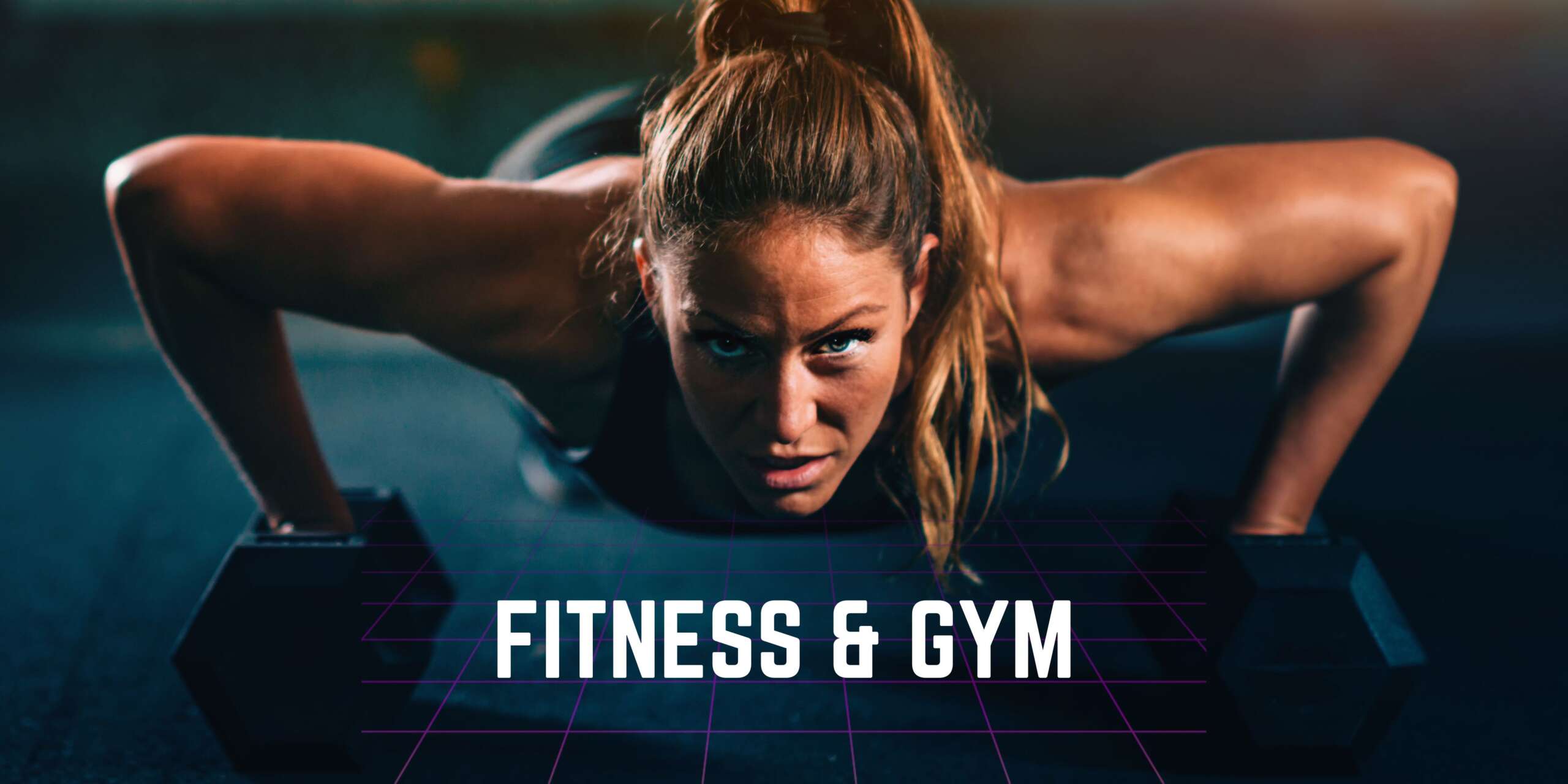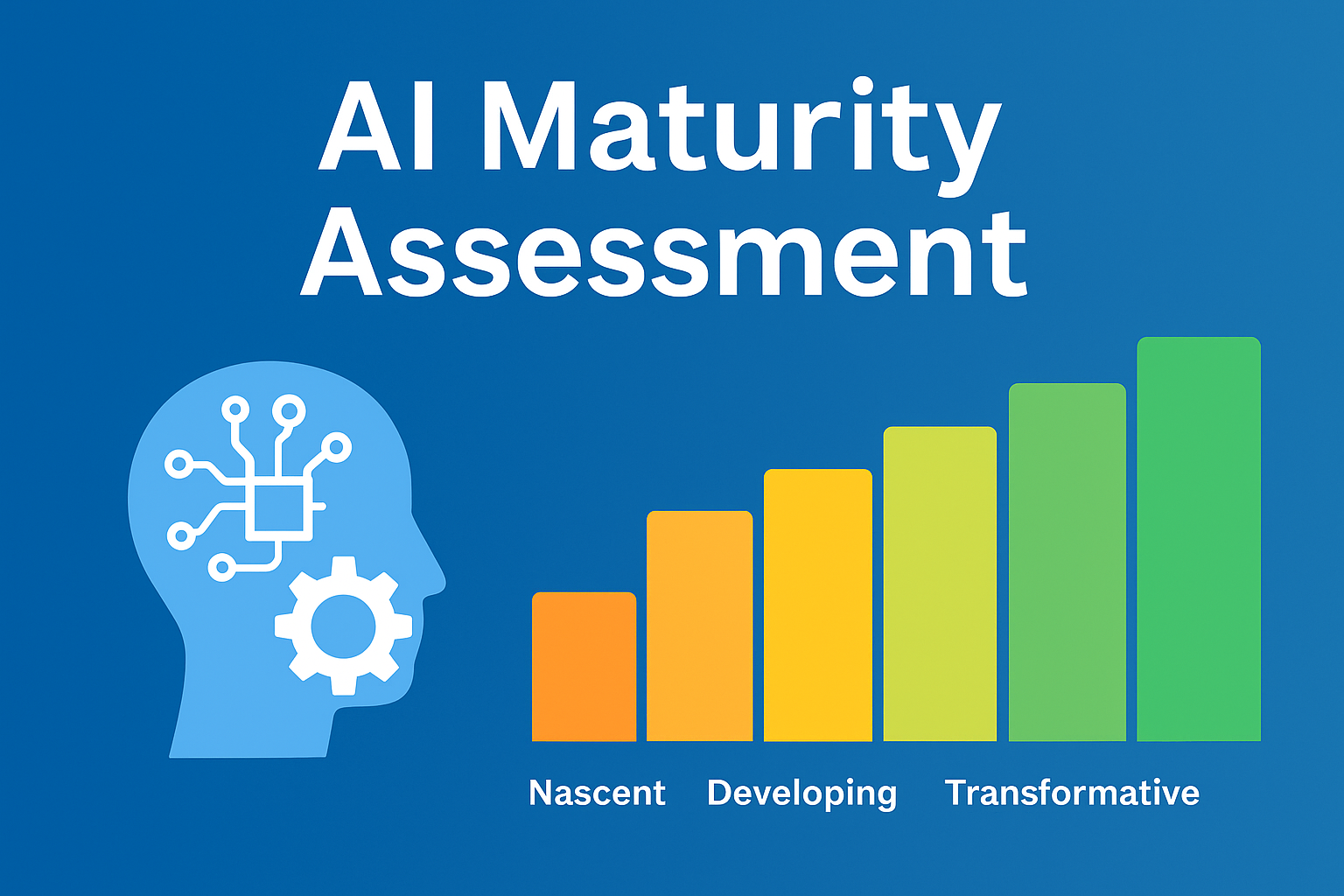From Chaos to Champions
How Intelligent Data Architecture is Revolutionizing Fitness and Unlocking Human Potential Through AI
The Data Revolution in Fitness
The fitness industry stands at a transformative crossroads. While we’ve never had access to more health and fitness data—from heart rate monitors and sleep trackers to nutrition logs and workout analytics—most of this valuable information remains trapped in silos, unutilized and disconnected. The real revolution isn’t just in collecting data; it’s in transforming that data into actionable intelligence that drives measurable results.
Consider this: the average fitness enthusiast generates over 2.5 gigabytes of health data annually across various devices and platforms. Yet studies show that less than 23% of this data is ever analyzed meaningfully to improve performance outcomes. This represents a massive opportunity gap where artificial intelligence can bridge the divide between data collection and performance optimization.
The Foundation: Why Structured Data Architecture Matters
The difference between fitness data and fitness intelligence lies entirely in structure. Raw data from wearables, apps, and manual logs is like having all the ingredients for a gourmet meal scattered across different kitchens—technically everything you need is there, but without proper organization and preparation, you’ll never create the intended result.
Structured data in fitness means creating standardized formats for different types of information: biometric data follows consistent measurement protocols, workout data includes standardized exercise taxonomies, nutrition data maps to comprehensive food databases, and recovery metrics align with established sleep and stress indicators. This standardization isn’t just about organization—it’s about creating a common language that AI systems can understand and act upon.
The Data Structure Hierarchy
🏃♂️ Activity Data
Steps, workouts, heart rate, calories burned
🧠 Structured Format
Standardized metrics, timestamps, intensity levels
🤖 AI Processing
Pattern recognition, predictive modeling, recommendations
🎯 Actionable Insights
Personalized programs, injury prevention, goal optimization
The most successful fitness AI implementations share a common characteristic: they treat data architecture as seriously as they treat algorithm development. Companies like Whoop and Oura have invested heavily in creating proprietary data standardization protocols that allow their AI systems to detect subtle patterns that would be impossible to identify in unstructured data environments.
The Power of Centralized Data Ecosystems
Imagine trying to understand your fitness progress by looking at scattered puzzle pieces across different boxes. Your sleep data lives in one app, your workout metrics in another, your nutrition tracking in a third, and your biometric measurements in yet another system. This fragmentation doesn’t just create inconvenience—it fundamentally limits the intelligence that can be extracted from your fitness journey.
Centralized data architecture in fitness creates what researchers call “holistic intelligence”—the ability to understand how different aspects of health and fitness interact and influence each other. When sleep quality data can be correlated with workout performance, when nutrition timing can be analyzed against recovery metrics, and when stress levels can be factored into training load recommendations, the resulting insights become exponentially more valuable.
The technical challenges of centralized data architecture are significant but surmountable. Data normalization requires converting different measurement units and scales into common standards. Temporal alignment means synchronizing data points that occur at different frequencies—heart rate measured every second, weight measured weekly, sleep quality measured nightly. Privacy and security protocols must ensure that sensitive health information remains protected while still allowing for comprehensive analysis.
Leading fitness platforms are solving these challenges through sophisticated data lake architectures that can ingest, process, and analyze diverse data streams in real-time while maintaining strict privacy controls and user consent management.
Engineering AI-Ready Data: The Technical Blueprint
Creating AI-ready fitness data requires a systematic approach that goes far beyond simple data collection. The process involves data cleaning protocols that identify and correct anomalies, feature engineering that creates meaningful variables for machine learning algorithms, and validation frameworks that ensure data quality and reliability.
AI-Ready Data Pipeline
📊 Raw Data Ingestion
Multi-source data collection with real-time validation
🔧 Data Preprocessing
Cleaning, normalization, outlier detection
⚙️ Feature Engineering
Creating meaningful variables for ML algorithms
🚀 AI Model Training
Machine learning model development and optimization
The most critical aspect of AI-ready fitness data is temporal consistency and granularity. AI algorithms excel at identifying patterns across time, but they require consistent data intervals and sufficient granularity to detect meaningful trends. This means establishing protocols for data collection frequency, handling missing data points, and creating interpolation methods that maintain data integrity.
Advanced fitness AI systems employ sophisticated feature engineering techniques that create derived metrics from raw data. For example, heart rate variability trends, sleep efficiency ratios, and training load progressions become more valuable inputs for AI models than raw heart rate numbers, sleep duration, or individual workout metrics alone.
AI in Action: Transforming Fitness Through Intelligent Applications
The theoretical potential of AI in fitness becomes tangible when we examine real-world applications that are already delivering measurable results. These implementations demonstrate how properly structured and centralized data can power AI systems that provide genuinely transformative fitness experiences.
Personalized Training Optimization: Peloton’s AI-driven training recommendations analyze over 50 million workout sessions to create personalized training plans that adapt in real-time based on performance metrics, recovery status, and goal progression. Their system can predict optimal workout intensity with 89% accuracy and has been shown to improve member retention by 34% compared to static training programs.
Injury Prevention and Recovery: WHOOP’s strain coach uses machine learning models trained on millions of data points to identify early indicators of overtraining and injury risk. By analyzing heart rate variability, sleep quality, and training load patterns, their AI can predict injury likelihood up to 72 hours in advance with 78% accuracy, allowing users to adjust training intensity proactively.
Nutrition Optimization: MyFitnessPal’s AI nutrition coach doesn’t just track calories—it analyzes eating patterns, nutrient timing, and metabolic responses to provide personalized nutrition recommendations. Users following AI-generated meal plans show 45% better adherence rates and 23% faster progress toward body composition goals compared to generic diet plans.
Sleep and Recovery Optimization: Eight Sleep’s AI-powered sleep optimization adjusts mattress temperature, tracks sleep stages, and provides personalized sleep hygiene recommendations based on individual sleep patterns and fitness goals. Users report 23% improvement in sleep quality scores and 19% better next-day workout performance.
The Future Landscape: Next-Generation AI-Fitness Integration
The convergence of artificial intelligence and fitness is accelerating toward a future where personalized health optimization becomes as precise and data-driven as any other high-performance system. Emerging technologies and methodologies are pushing the boundaries of what’s possible in human performance enhancement.
🧬 Genetic Integration
AI systems will incorporate genetic markers to predict optimal training responses, nutrition needs, and injury susceptibilities, creating truly personalized fitness protocols based on individual DNA profiles.
🔬 Real-Time Biomarker Analysis
Continuous monitoring of blood glucose, lactate, cortisol, and other biomarkers will enable AI to make real-time training and nutrition adjustments for optimal performance and recovery.
🤖 AI Personal Trainers
Advanced AI coaches will provide real-time form correction, motivation, and program adjustments through computer vision and natural language processing, delivering expert-level coaching at scale.
🌐 Collective Intelligence
Federated learning systems will allow AI models to learn from global fitness data while maintaining individual privacy, accelerating the development of more effective training methodologies.
The integration of Internet of Things (IoT) devices with AI will create seamless fitness ecosystems where every aspect of the physical environment contributes to optimization. Smart gyms will automatically adjust equipment settings, environmental conditions, and music selection based on individual preferences and real-time performance data.
Augmented reality and virtual reality technologies will merge with AI to create immersive training experiences that adapt to individual skill levels, preferences, and goals. These systems will make high-quality fitness instruction accessible to anyone, anywhere, while maintaining the personalization that drives results.
The Intelligent Fitness Revolution
The future of fitness isn’t just about having more data—it’s about having smarter data that drives better decisions, more effective training, and ultimately, better results. The organizations and individuals who embrace structured, centralized, AI-ready data architectures today will be the ones who lead the fitness revolution tomorrow.
The path forward requires a fundamental shift in how we think about fitness data: from collection to intelligence, from tracking to optimization, from reactive to predictive. Those who make this transition will unlock new levels of human performance that were previously impossible to achieve.
The age of intelligent fitness has arrived. The question isn’t whether AI will transform how we approach health and fitness—it’s whether you’ll be part of that transformation or left behind by it.



